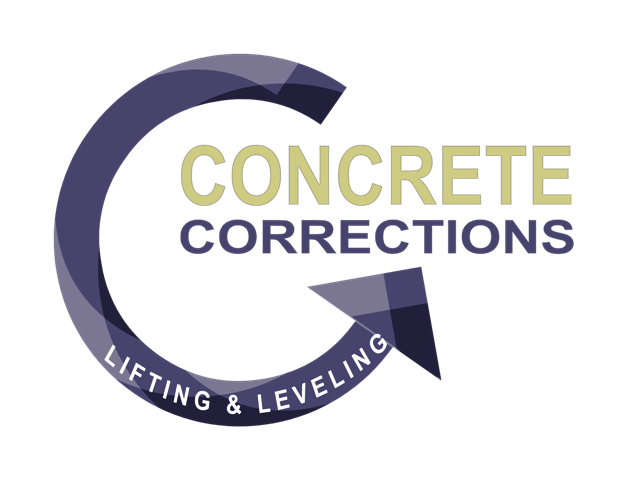According to the National Safety Council:
- Over 9 million disabling slip/fall injuries occur per year - 25,000 injuries/day and 175,000/week - Resulting in 95 million lost work days - Expenses from these injuries = $35 million/hr everyday of the year. - This is a $100 billion problem each year. - The average cost per slip/fall accident was $20,228.00 Call Concrete Corrections today for your free estimate 770-558-5862 We offer Military, Senior and HOA discounts.
3 Comments
The Americans with Disabilities Act (ADA) of 1990 defines a ‘trip hazard’ as any vertical change of over 1/4 inch or more at any joint or crack. Since the ADA demands strict compliance, trip hazards represent a legal liability to our clients. Cities, school districts, hospitals, churches, shopping malls, universities, apartment complexes, and other large buildings are all extremely concerned with this liability.
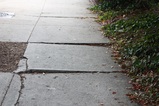 When lifting and leveling concrete with polyurethane foam, trip hazards are completely and cleanly removed from sidewalks, virtually eliminating claims that result from trips and falls on uneven sidewalk. By having Concrete Corrections remove their trip hazards, our clients reduce their legal liability using the most efficient and cost effective method available.
The only alternative available to achieve ADA compliance is removal and replacement, which is Costly, Disruptive, and Time Consuming. 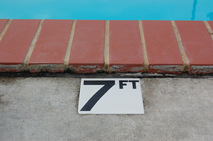 Summer has begun, the kids are out of school, and it's time for vacation. We love spending long summer days with our family & friends at the pool. Anyone ever leave with a stubbed toe? There's no pain quite like it. How about skinned knees or chin? Let's put an end to the poolside trip hazards once and for all! In a matter of hrs, we can fix that sunken area of concrete. We won't mess up your beautiful landscaping job. And your guests at that next pool party won't be interrupted with a "construction" eyesore. |
Archives
November 2017
Categories
All
|
|
Copyright © 2024 l Concrete Corrections by ISS, Inc
|
Who We Are
We are a family owned and operated company based in coastal South Carolina and dedicated to providing a cost effective repair to compromised or settled concrete slabs and soil areas around the home or business, with access to a vast array of knowledge and polyurethane products. We promise to produce long lasting results that we are all proud of.
|
Contact Us
|


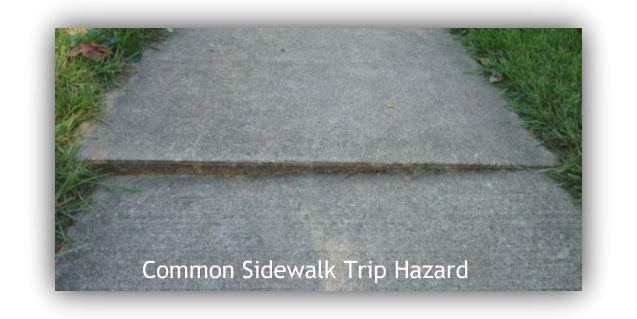
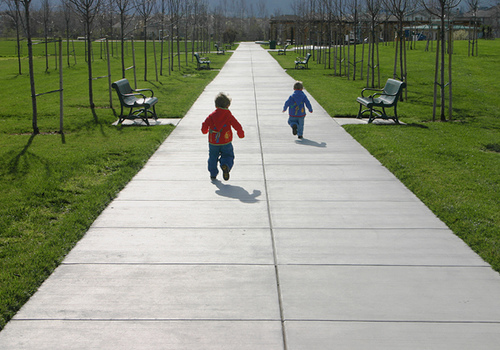
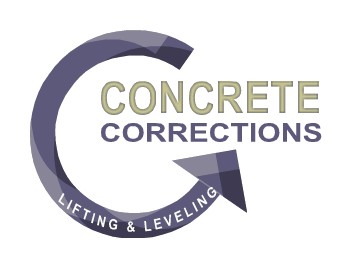
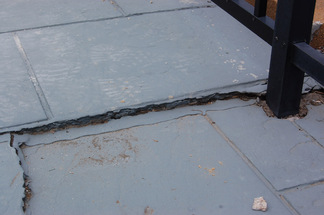
 RSS Feed
RSS Feed
